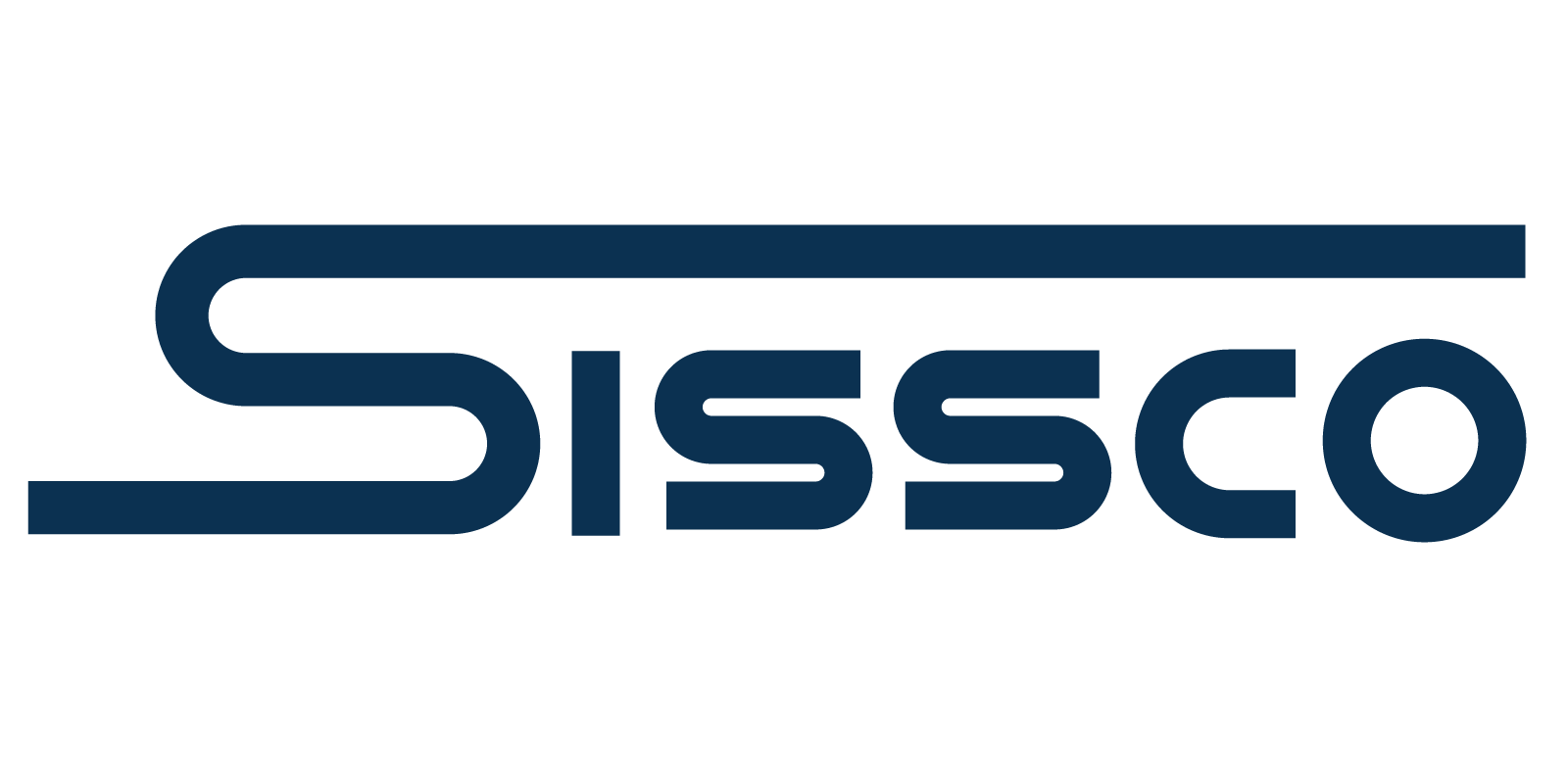Essential Testing for Safe Electric Chain Hoist Use
Overhead Crane Service
Electric chain hoist components are sturdy, but improper maintenance and mishandling can lead to operational challenges. One of the most prevalent safety-related issues is dropped loads, especially with electric chain hoists of capacities like 5 tons or even 3 tons. These mishaps can arise for many reasons, such as unskilled operators, flawed lifting techniques, inappropriate lifting attachments, side-loading, and overburdening the equipment. Therefore, if you possess an electric chain hoist and aim to integrate it into your project, heeding the following safety recommendations is pivotal. Adhering to these pre-operational measures can significantly amplify crane safety and substantially mitigate the risk of dropped loads.
Meticulously Review the User Manual
Your preliminary responsibility is a diligent review of the user manual. For instance, consider the hypothetical scenario where the manual explicitly advises against specific techniques, yet an operator unaware of such recommendations might still employ them, leading to potential hazards. Therefore, immerse yourself in the user guide to ensure the appropriate setup and function of electric chain hoists, especially those of 5-ton capacity. Reviewing the manual also provides tips for overhead crane repair and maintenance.
Inspection of the Settings
After familiarizing yourself with the manual, the hoist’s correct installation becomes paramount. For a seamless and safe operation, adhere to the following checks:
- Connection Check: Ascertain the electric chain hoist’s accurate connection to its trolley.
- Trolley Position: Ensure the trolley is correctly positioned on its designated beam.
- Hardware Examination: Scrutinize components like bolts, split pins, and nuts. In case of any loose parts, secure them promptly.
- Push-button Cord Inspection: For a 460 Volt electric chain hoist, validate the cord’s capacity to handle the intended loads and inspect for any visible damages.
- Cable Support: It is crucial to confirm that the cable support is firmly affixed to its supporting arm.
Safety During Maintenance
Before any maintenance checks or alterations on a 3-ton electric chain hoist, always disconnect the power source, ensuring the machine remains immobile. If any problem is noticed, the next step should be reaching out for overhead crane service and repair.
Conduct Specific Pre-operational Tests
To further ensure safety, initiate the following tests:
- Power Supply Test: An erroneous power supply can direct the hook adversely. Always validate the power source before operational commencement.
- Limit Switch Assessment: Activate the power and elevate the hook to assess the upper limit. Conversely, for the lower limit, depress the down control. This ensures that the hoist is within its intended limits.
- Braking Test: To test the falling brake, lift a median weight and depress the down control. An immediate halt indicates the brake’s optimal function.
- Motion Examination: Operate the hoist along its path, ensuring no hindrances exist. Moreover, the hoist’s movement speed should align with its specified range.
- Emergency Response Test: Engage the emergency halt while simultaneously pressing the control. An instantaneous stop is indicative of a functional emergency system.
Rigorous safety checks are indispensable before operating a 3-ton chain hoist. Routine inspections combined with adherence to safety guidelines will ensure not only operational efficacy but also the longevity of the equipment. Working in conjunction with an overhead crane service ensures maximum safety and performance.



